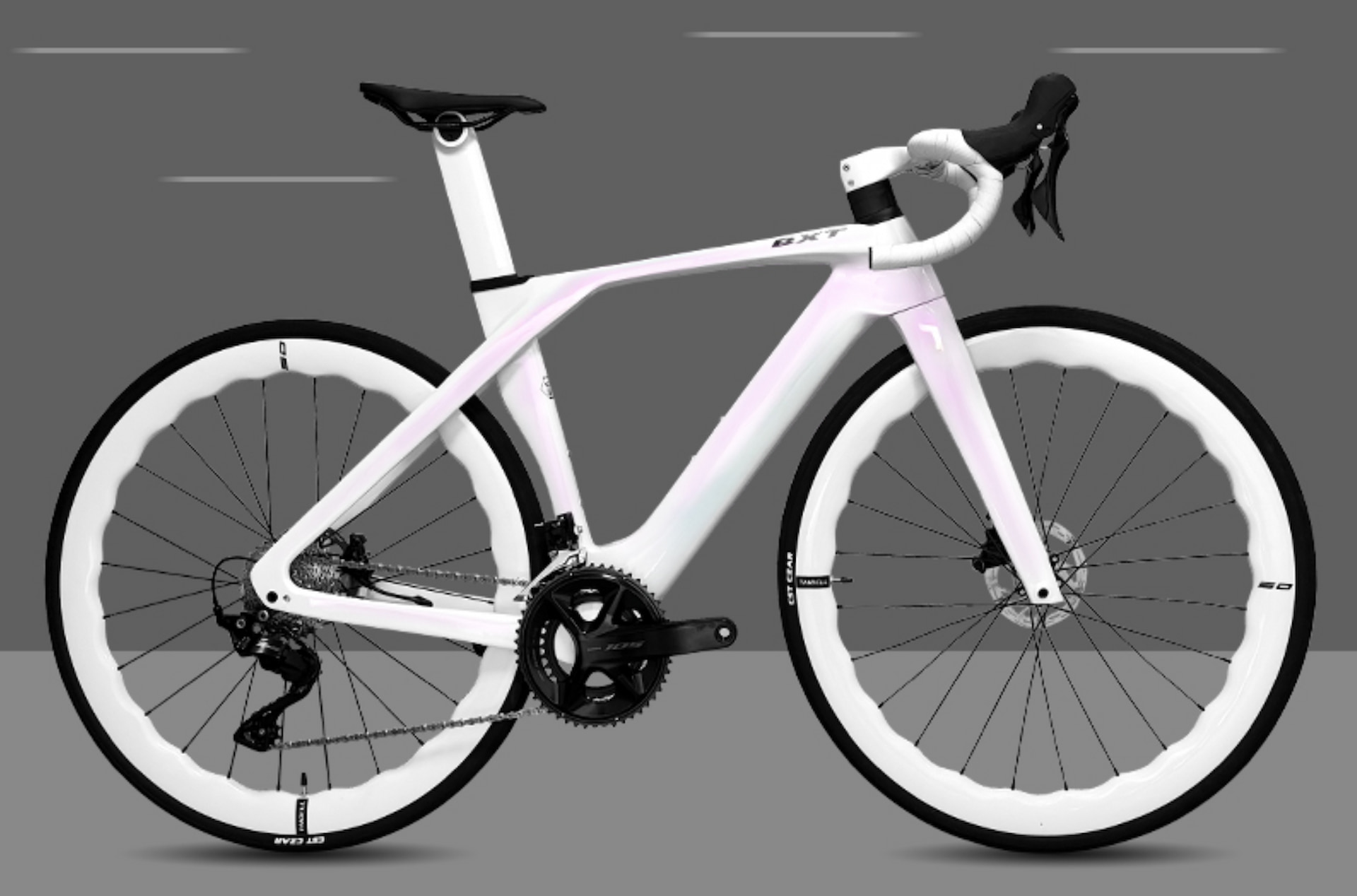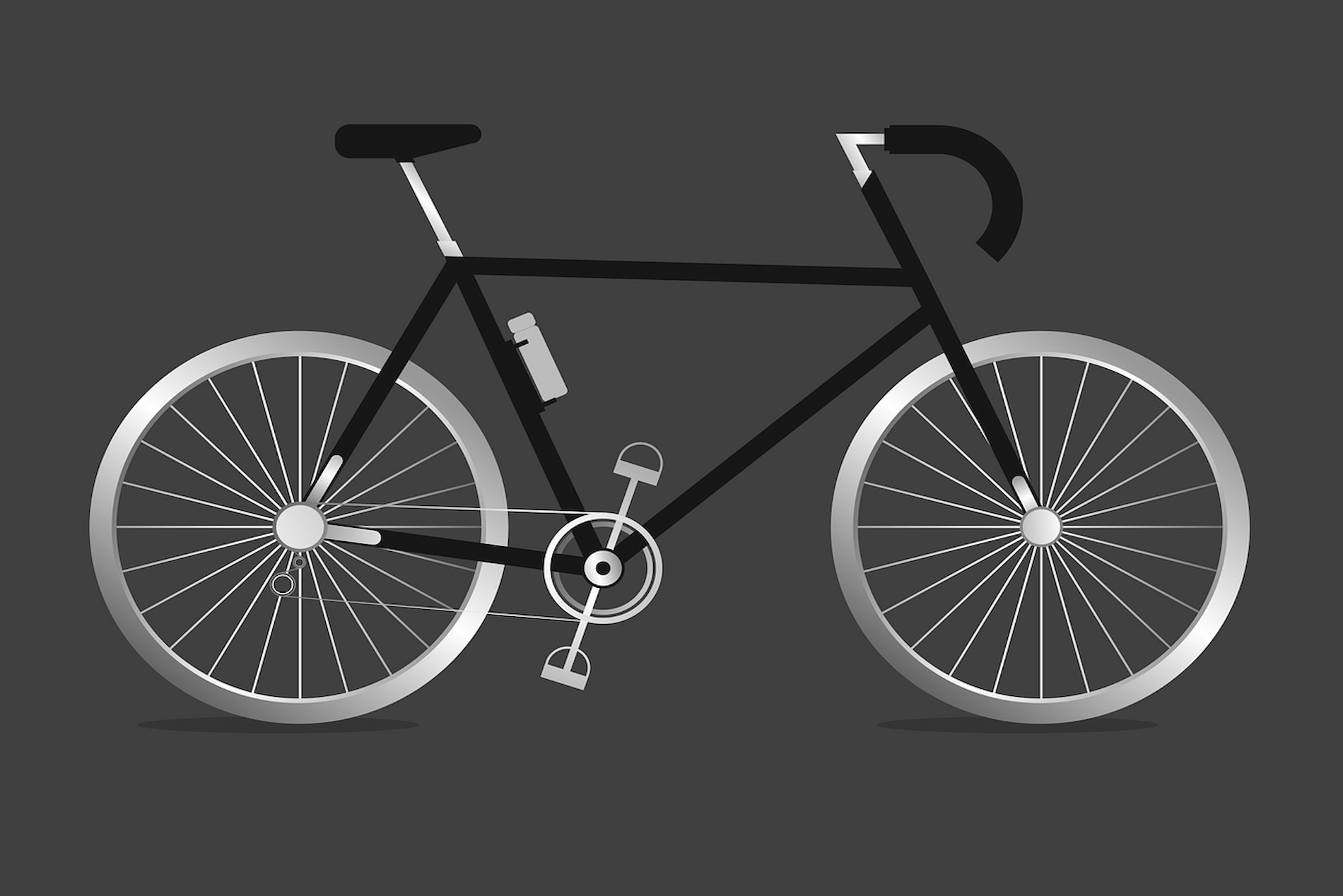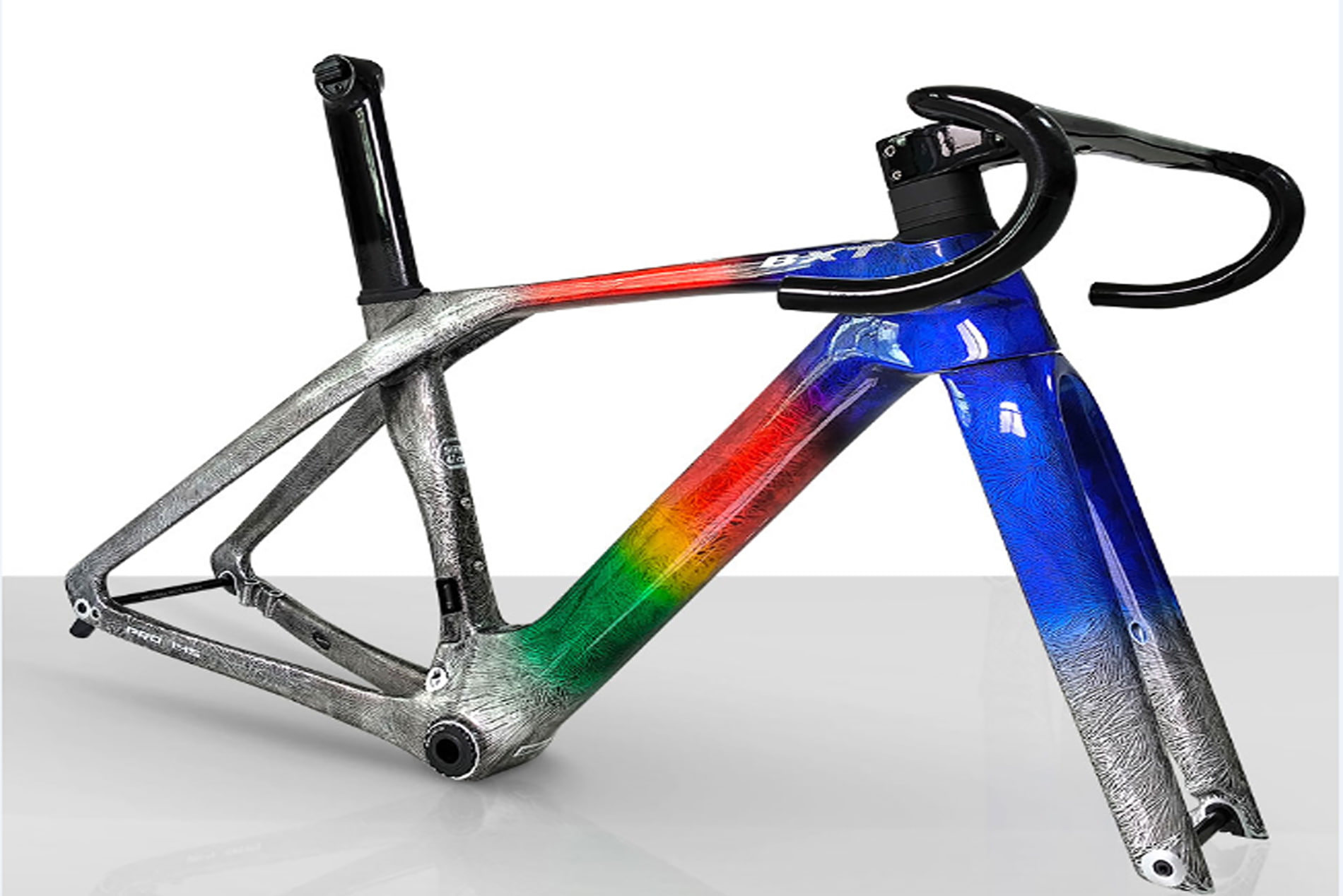
In the modern bicycle market, carbon fiber road bikes have become the first choice for many cycling enthusiasts due to their lightweight, high strength, and excellent performance. As a professional manufacturer of carbon fiber road bikes, understanding the characteristics that a good carbon fiber road bike should possess can help consumers make wiser choices and enhance the brand's professional image. This article will explore the key characteristics of excellent carbon fiber road bikes from multiple perspectives. 1. Material quality The quality of carbon fiber directly affects the performance and durability of bicycles. High quality carbon fiber frames typically use multi-layer weaving techniques to ensure structural uniformity and consistency. Different carbon fiber materials have different performance parameters, including stiffness, strength, and weight. Consumers should pay attention to the following points when choosing: 1) Carbon fiber grade: The grade of high-quality carbon fiber is usually between high modulus (HM) and ultra-high modulus (UHM), with higher strength and lower weight. 2) Resin system: Resin is the adhesive for carbon fiber structures, and the use of high-performance epoxy resin can enhance durability and impact resistance. 2. Frame design The design of the chassis is crucial for the riding experience. Excellent carbon fiber road bike frames typically have the following characteristics: 1) Geometric design: The geometric shape of the frame should conform to ergonomics, providing a good riding posture while ensuring flexibility and stability. A shorter rear upper tube and moderate front fork angle can improve handling. 2) Aerodynamics: The streamlined design can reduce wind resistance and increase speed. Many high-end carbon fiber road bikes undergo wind tunnel testing to optimize their frame shape. 3. Performance under severe loads Excellent carbon fiber road bikes should have good fatigue resistance. Under prolonged cycling and severe load conditions, the frame should not deform or be damaged. This requires manufacturers to fully consider: 1) Load distribution: The frame design should ensure that the load can be evenly distributed under different riding conditions, avoiding local stress concentration. 2) Test standards: High quality carbon fiber frames typically undergo rigorous testing, including fatigue testing and impact testing, to ensure their reliability under extreme conditions. 4. Shock absorption capability The material properties of carbon fiber make it excellent in shock absorption. Compared to aluminum alloy and steel, carbon fiber can more effectively absorb road vibrations and improve riding comfort. This is particularly important for long-distance cycling or uneven road conditions. A good carbon fiber road bike should have: 1) Optimized material layout: Through reasonable stacking and weaving design, good vibration absorption capacity can be achieved. 2) Built in shock absorption system: Some high-end car mo...

In the modern cycling industry, carbon fiber bicycles are highly praised for their lightweight and superior performance. However, many cycling enthusiasts still have doubts about the lifespan and durability of carbon fiber bicycles. This article will delve into the durability, service life, and how to maintain your carbon fiber bicycle to ensure the best riding experience. 1. Advantages of carbon fiber Carbon fiber is a composite material composed of carbon atoms, which has extremely high strength and lightweight characteristics. This makes carbon fiber bicycles not only perform well in terms of performance, but also have an advantage in weight compared to traditional aluminum alloy or steel bicycles. 1) Lightweight: Carbon fiber bicycles typically weigh 20% to 30% less than similar metal bicycles. This makes it easier for riders to cope with various road conditions during climbing and long-distance cycling. 2) Strength and rigidity: Carbon fiber materials have extremely high strength, allowing the bicycle frame to withstand greater impact forces without deformation, thereby improving the stability and safety of cycling. 2. Service life The service life of carbon fiber bicycles is usually between 5 and 10 years, depending on multiple factors: 1) Cycling frequency: If you are a professional rider or ride every day, the wear and tear of carbon fiber bicycles will be relatively fast. And occasional riders can enjoy a longer lifespan. 2) Riding environment: Riding on harsh weather conditions or complex terrain can cause additional pressure on the bicycle, thereby affecting its lifespan. 3) Maintenance and upkeep: Regular inspection and maintenance are key to extending the service life of carbon fiber bicycles. Keeping the car body clean and regularly checking the brake system and tires can effectively reduce wear and tear. 3. Durability Although carbon fiber bicycles excel in lightweight and performance, their durability is also affected by some factors: 1) Impact and Scratch: Carbon fiber materials are relatively fragile and susceptible to damage from impact and scratch. Therefore, when riding, it is advisable to avoid collisions with other objects as much as possible, especially on rough terrain. 2) Temperature changes: Extreme temperature changes may affect the structural integrity of carbon fibers. Avoiding prolonged exposure of bicycles to strong sunlight or extremely cold environments can improve durability. 3) Using appropriate accessories: Maintaining the carbon fiber frame with high-quality accessories and tools can reduce damage and extend its lifespan. 4. How to maintain carbon fiber bicycles To ensure the long-term durability of your carbon fiber bicycle, here are some maintenance tips: 1) Regular cleaning: Use mild cleaning agents and soft brushes to clean the car body, avoid using high-pressure water guns to prevent water from seeping into the interior of the frame. 2) Check for damage: Regularly inspect the frame, handlebars, wheels, a...

EPS process (Expanded Polystyrene Molding Process) is an advanced technology used for manufacturing carbon fiber bicycle frames. This process can help manufacture lighter, stronger, and more precise carbon fiber frames. In the traditional manufacturing of carbon fiber frames, inflatable bags (bladders) are usually used for internal mold forming, but EPS process uses expanded polystyrene foam as the internal mold. During the molding process, the carbon fiber cloth layer will be covered with EPS foam, and the frame will be solidified and shaped under high temperature and pressure conditions. Finally, the internal foam will be removed to form a hollow frame structure. The specific steps of EPS process include the following key links: 1.Calculate the direction of force and material stacking: Firstly, use software to calculate the direction of force on the frame and determine the stacking method of carbon cloth to ensure the strength and rigidity of the frame. 2.Making EPS inner mold: Use polystyrene material to make the inner mold and fill it into the predetermined position of the frame. This internal mold serves as the foundation for molding, ensuring the precise shape and size of the frame. 3.Carbon fiber lamination: Based on the EPS inner mold, carbon fiber materials are stacked layer by layer, and through hot pressing and curing processes, the carbon fibers are tightly combined with EPS to form a sturdy frame structure. 4.Demolding and subsequent processing: After completing the lamination, remove the EPS inner mold, trim and surface treat the frame, and finally obtain the finished frame. The main advantages of EPS technology include: - Smooth inner wall: compared with the traditional inflatable airbag process, EPS foam inner mold can achieve a more accurate internal shape, making the inner wall of the frame more smooth and reducing excess resin accumulation. - Lightweight: Due to the more precise inner walls, the frame requires less resin and materials, thereby reducing the weight of the frame. - More uniform structure: Through more stable mold support, the carbon fiber layer is subjected to more uniform forces during the curing process, reducing defects such as bubbles and wrinkles, and improving the overall strength and consistency of the frame. - Reduce waste: Due to the high precision of the inner mold, the cutting and laying of carbon fiber fabric are more accurate, reducing material waste in production. EPS technology is gradually being applied to high-end carbon fiber bicycles because it can provide higher structural strength, lower weight, and better riding performance.
New Products
Full Carbon Mountain Complete Bike 26er Hardtail MTB Bicycle 1x11S Disc Brake Read More
BXT Carbon Mountain Bike 29er 1x11 Speed M5100 Carbon MTB 29inch BOOST Thru Axle Disc Brake Suspension Fork Complete Bicycle 29 Read More
Carbon Full Suspension MTB Bikes 29in Plus 11S Disc Brake Cycling Bicylcles New Read More
Full Suspension Carbon Mountain Complete Bike 29er 1x11 Speed Carbon MTB Bicycle Front Rear Full Suspension XC Complete Bike Read More

© Copyright: 2025 Shenzhen BXT Technology Co., Ltd. All Rights Reserved .

IPv6 network supported
Wechat&WhatsApp
